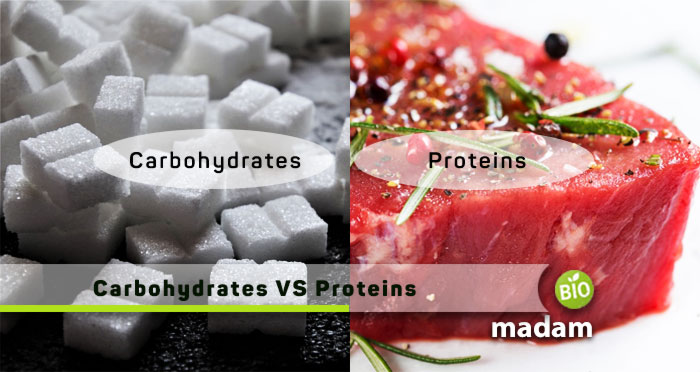Every human body is composed of millions of trillions of cells specified for their unique functioning. Similarly, a body also requires essential nutrients for these cells to process. Carbohydrates, fats, proteins, and lipids are the building blocks of a living body, helping it grow and heal. We can differentiate between the macronutrients, carbohydrates, and proteins that are imperative in huge quantities. It’s equally essential to balance these two nutrients to ensure that our body is healthily growing and functioning. Moreover, they together make us feel energetic.
If we grab the actual difference between carbs and proteins. Carbohydrates are simple sugars, whereas, on the other hand, proteins are macromolecules made of amino acids. Carbs primarily consist of carbon, hydrogen, and oxygen atoms, while the proteins additionally have sulfur, nitrogen, and phosphorous. Let’s run through the article below to understand more about both organic compounds.
Comparison Table
| Basis of Comparison | Carbohydrates | Proteins |
| Brief Description | Main Energy Sources | Primary Building Blocks |
| Monomer Units | Sugar | Amino Acids |
| Classification | Monosaccharides, Oligosaccharides, Polysaccharides | Primary, Secondary, Tertiary, Quaternary |
| Type of Linkage | Glycosidic Bond | Peptide Bond |
| Sources of Nutrients | Cereals, grains, fruits, dairy products, and legumes. | Eggs, meat, cheese, fish, and seafood. |
| Functions | Provides structural support | Strengthens muscles, speeds up reactions, etc. |
How Would You Describe Carbohydrates?
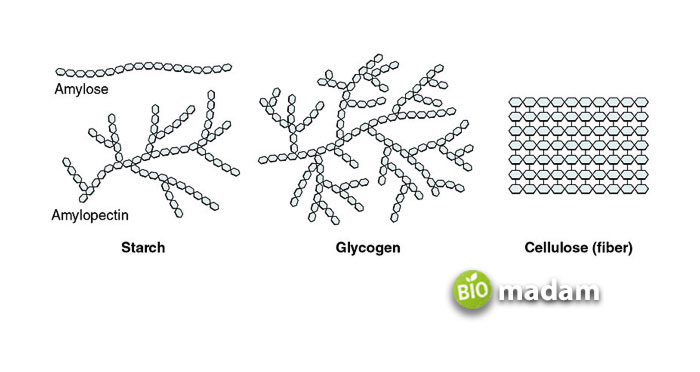
Starting with the basics of carbohydrates, these macronutrients are entirely built on carbons, hydrogens, and oxygen atoms. The hydrogen-to-oxygen ratio is fixed just as in water molecules, which is 2:1. Furthermore, these compounds naturally occur as polyhydroxy aldehydes and ketones and are also called the hydrates of carbon. All carbohydrates have a general empirical formula, Cm(H2O)n, containing a fixed amount of all three atoms. Since these carbs help as energy sources, they are required by the body for all energy production mechanisms. On observation, carbohydrates were present in animal tissues in the form of glycogen. Similarly, these occur as starch in plant tissues.
Experts divided this diverse group of organic compounds into three main categories: monosaccharides, oligosaccharides, and polysaccharides. These are either simple or complex sugars with one or more than one unit of sugars.
Monosaccharides
The term mono represents “one,” whereas saccharides mean “sugar.” All monosaccharides are the simplest carbohydrates units with general formula (CH2O)n. Nature has different monosaccharides in the form of trioses (3 carbons), tetroses (4 carbons), pentoses (5 carbons), hexoses (6 carbons), and so on. These have particular functioning; for example, glucose and fructose are hexoses, important as energy sources in a living body.
Oligosaccharides
When two or more two monosaccharide subunits link through a glycosidic bond, they form an oligosaccharide. These units range between 2 and 10. One of the most ordinary examples of oligosaccharides is the disaccharide containing two subunits: lactose, maltose, sucrose, etc.
Polysaccharides
The term poly represents “many,” so polysaccharides are the types of carbohydrates consisting of ten or even more than ten monosaccharide subunits connected through a glycosidic bond. These are the complex sugar molecules specified for numerous body functioning—for example, glycogen, starch, and cellulose.
How Would You Describe Proteins?
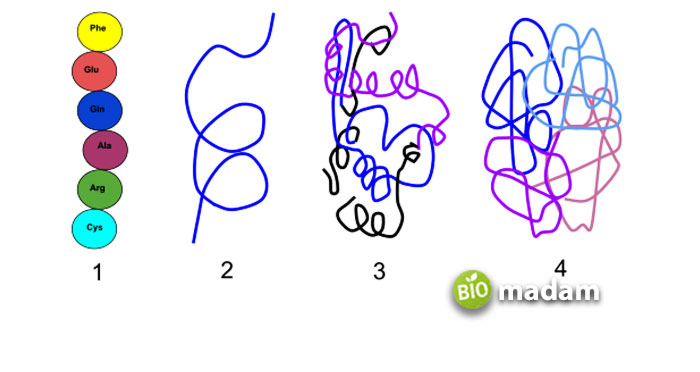
Proteins are another type of essential organic compound, having different amino acids as monomers. All proteins are made of carbon, hydrogen, nitrogen, sulfur, and oxygen. These macronutrients are crucial for a body’s proper growth and development. and widely categorized into fibrous and globular proteins that make up different body cells.
For instance, proteins split into different essential and non-essential amino acids in a human’s digestive tract to travel to the bloodstream and perform their function. Moreover, some proteins combine with other molecules and form a conjugated bond to strengthen nucleic acids, cell membranes, hormones, enzymes, etc. Not only this, but proteins are also essentially required by the blood for RBCs production.
Like any other macronutrient, proteins too act as energy sources and build up muscle mass. One gram of protein generally provides almost 4 kcal of energy. Moreover, the human body has nearly 1300 different enzymes needed for various mechanisms, and all of these enzymes are natural proteins. Besides, many other hormones are also proteins that regulate a body’s functioning. Overall, proteins as macronutrients are spread all around our body, from our head to toe! Proteins generally have four main structural levels, based on complexity. These are:
- Primary Proteins
- Secondary Proteins
- Tertiary Proteins
- Quaternary Proteins
Differences between Carbohydrates and Proteins
Both are entirely different macronutrient categories with loads of differences, so let’s have a look!
Major Category
Carbohydrates
These organic compounds are vital sources of energy for a body’s proper functioning.
Proteins
On the other hand, proteins are the fundamental building units required by a body to accelerate its mechanisms and make the muscles strong and healthy.
Composition
Carbohydrates
All carbohydrates are composed of different sugar monomers; hence, these are mainly sugars.
Proteins
On the contrary, proteins are entirely composed of numerous amino acid subunits.
Daily Macronutrient Intake
Both of the nutrients have a specific healthy amount that should be consumed by a body every day. So,
Carbohydrates

An adult should intake almost 45 to 65 percent of carbs in his everyday calorie count.
Proteins

In contrast, the number of proteins in overall calories per day should range between 10 and 35 percent.
Linkage
Carbohydrates
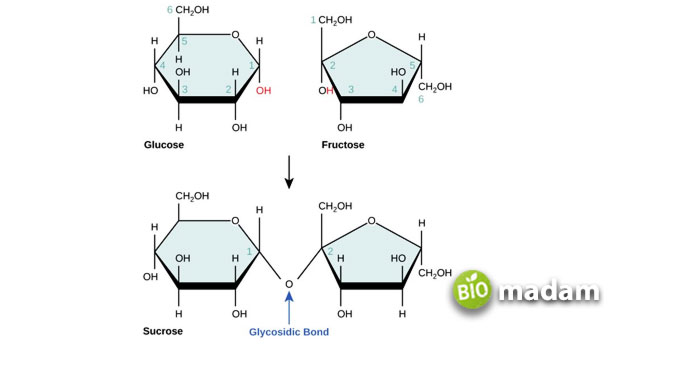
These complex compounds are linked together as monosaccharide subunits through a special bond called a glycosidic bond.
Proteins
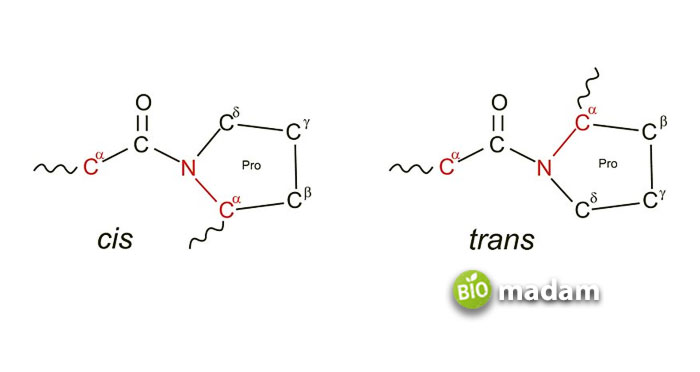
On the other hand, different amino acids combine through a unique peptide bond to form a complex protein molecule.
Enzymes for Digestion
Carbohydrates
All carbohydrates need some enzymes to break them into their basic units. These are amylase, maltase, etc., required by stored glycogen to break down into glucose.
Proteins
Similarly, proteins also require special enzymes to break down into simpler units; for instance, protease enzymes help a protein convert to amino acids in the stomach.
Classification of Macronutrients
Carbohydrates
We classified carbohydrates into three main groups, depending on their complexity, such as monosaccharides, oligosaccharides, and polysaccharides.
Proteins
On the contrary, proteins are classified into four groups based on their structure, including the primary, secondary, tertiary, and quaternary proteins.
Sources of Macronutrients
Carbohydrates
Several natural and fermented foods contain rich carbohydrates, such as slices of bread, legumes, grains, dairy products, fruits (apples, melons), etc.
Proteins
Similarly, proteins are also enriched in food substances like chicken, prawns, shrimps, dairy products, eggs, cheese, etc.
Functions
Carbohydrates
Carbohydrates are significantly involved in providing structural support to the human body and releasing energy.
Proteins
In contrast, proteins have a variety of functions, including structural support, enzymatic activities, cellular functioning, accelerating reactions, muscular processes, etc.
Summary
Despite the enormous differences between carbohydrates and proteins, both are the primary macronutrients within a body for numerous purposes. The main elements inside the nutrients enhance their structural importance in the human body. Still, if we compare both, proteins are a bit more essential for providing structural strength than carbs. All in all, both organic compounds are equally crucial for one’s survival.

Hello, I would like to introduce myself to you! I am Chelsea Rogers, an experienced blog writer for science articles, holding an MPhil degree. My enthusiasm to grab the best knowledge, let it relate to botany, zoology, or any other science branch. Read my articles & let me wait for your words s in the comment section.

